The Temple of Literature, known as Văn Miếu in Vietnamese, is a historic and cultural landmark located in Hanoi, the capital city of Vietnam. This revered site holds great significance in Vietnamese history and heritage, serving various roles throughout its long history. Here is a more detailed overview of the Temple of Literature:
1. Historical Significance: The Temple of Literature was originally constructed in 1070 during the reign of Emperor Lý Thánh Tông. It was established as a Confucian temple and the country's first national university. The temple was dedicated to Confucius, the revered Chinese philosopher, and scholars and sages in Vietnam.
2. Architectural Beauty: The temple complex features stunning examples of traditional Vietnamese architecture, including intricate wooden carvings, pagodas, courtyards, and lush gardens. Visitors can explore five main courtyards, each with its own unique features and symbolism.
3. Layout: The Temple of Literature is divided into several sections:
- First Courtyard: Features a large gate and is a place of ceremonial significance.
- Second Courtyard: Houses the beautiful Khue Van Cac (Pavilion of the Constellation of Literature) and the Dai Thanh Sanctuary.
- Third Courtyard: Contains the Stelae of Doctors, which are stone stelae mounted on the backs of stone turtles. These stelae record the names of successful scholars in the royal examinations.
- Fourth Courtyard: Comprises a tranquil garden area.
- Fifth Courtyard: Holds the Thai Hoc Pavilion, a symbol of education and learning.
4. Role in Education: For centuries, the Temple of Literature played a pivotal role in Vietnam's educational system. It was the location for imperial examinations that selected scholars for the country's bureaucracy. This system was based on Confucian ideals of meritocracy.
5. Cultural Significance: The temple complex is not only a symbol of learning but also a place of cultural and spiritual importance. It hosts various festivals, events, and ceremonies, including the Tet holiday (Vietnamese New Year).
6. Preservation: The Temple of Literature has undergone extensive restoration and preservation efforts to maintain its historical and architectural integrity. It was recognized as a UNESCO World Heritage Site in 2010.
7. Visitor Experience: Today, the Temple of Literature is a popular tourist destination where visitors can explore its history, architecture, and peaceful surroundings. It offers a serene escape from the bustling streets of Hanoi and a glimpse into Vietnam's rich cultural heritage.
In summary, the Temple of Literature, or Văn Miếu, is an iconic symbol of Vietnamese culture and education. Its historical significance, architectural beauty, and role as a center of learning make it a must-visit destination for tourists and a place of pride for the people of Vietnam.
Important Information
Open Hours
8:30 am - 4:30 pm
Monday to Sunday
Address
58 Quoc Tu Giam, Dong Da, Hanoi, Vietnam
Contact
+84 24 3845 2917
Tickets
Approx VND 10.000
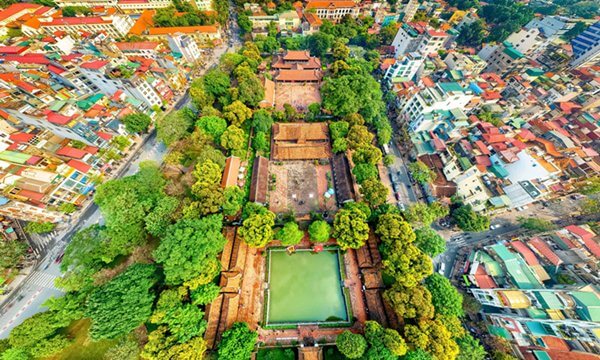
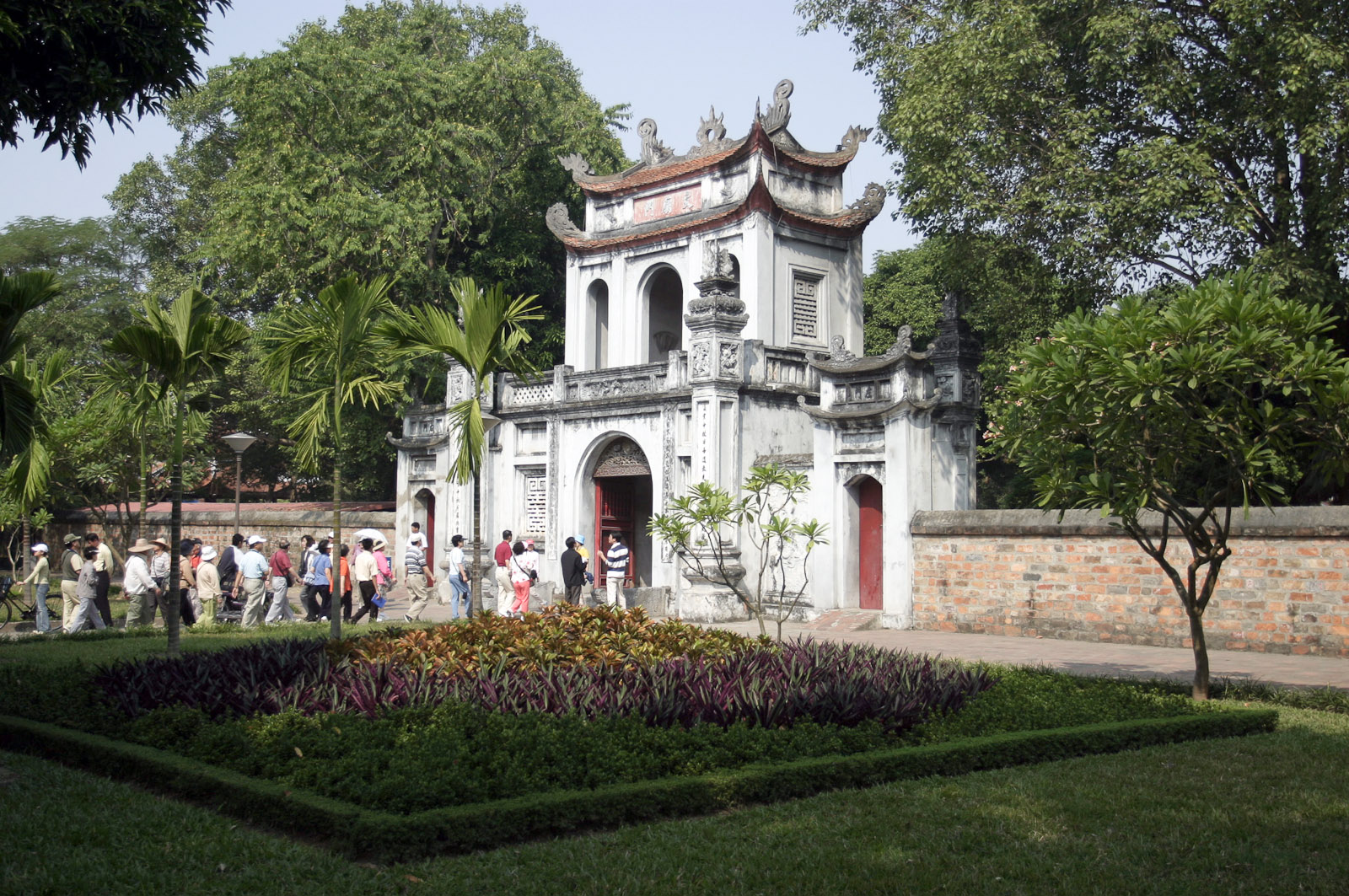
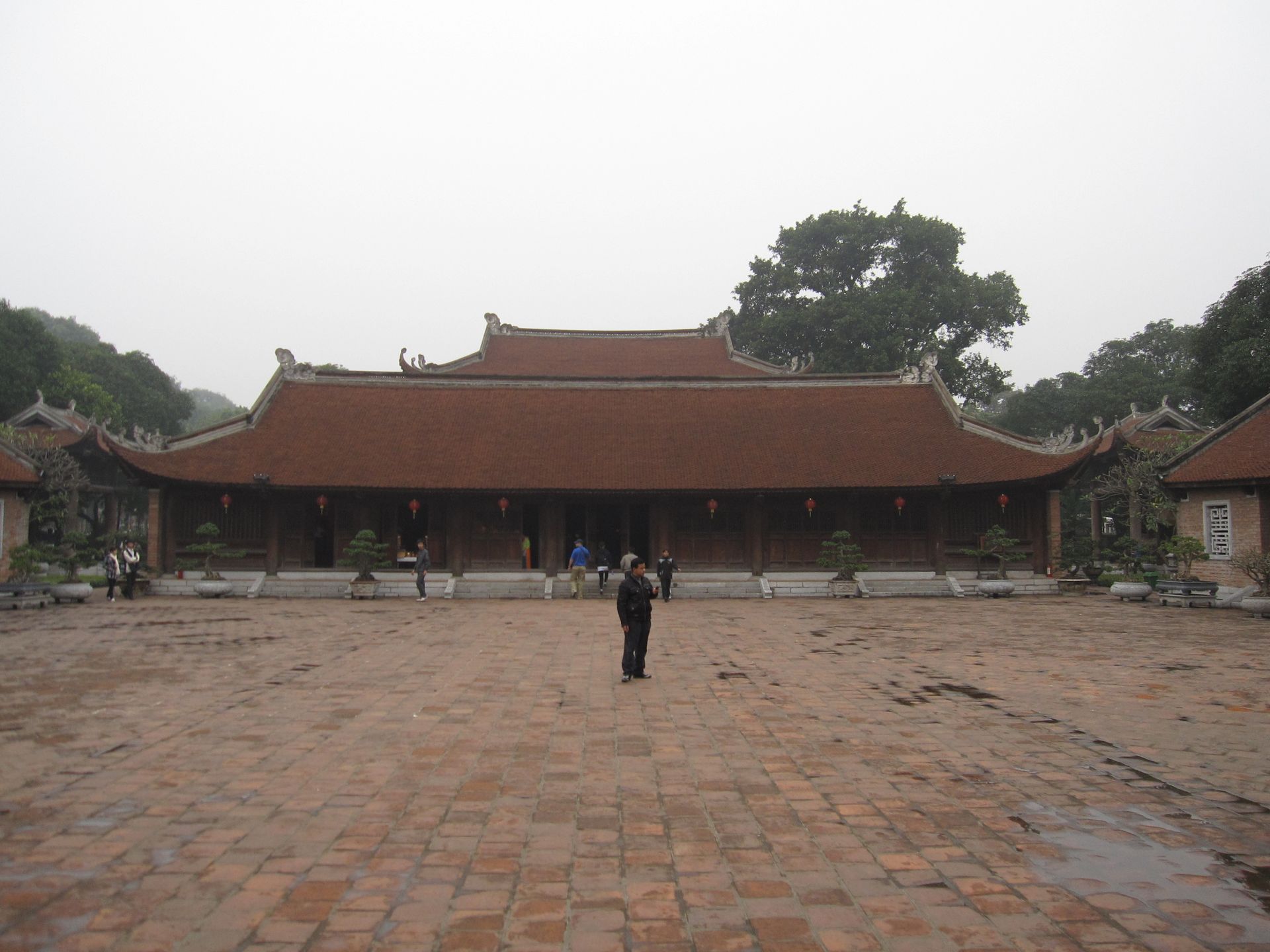
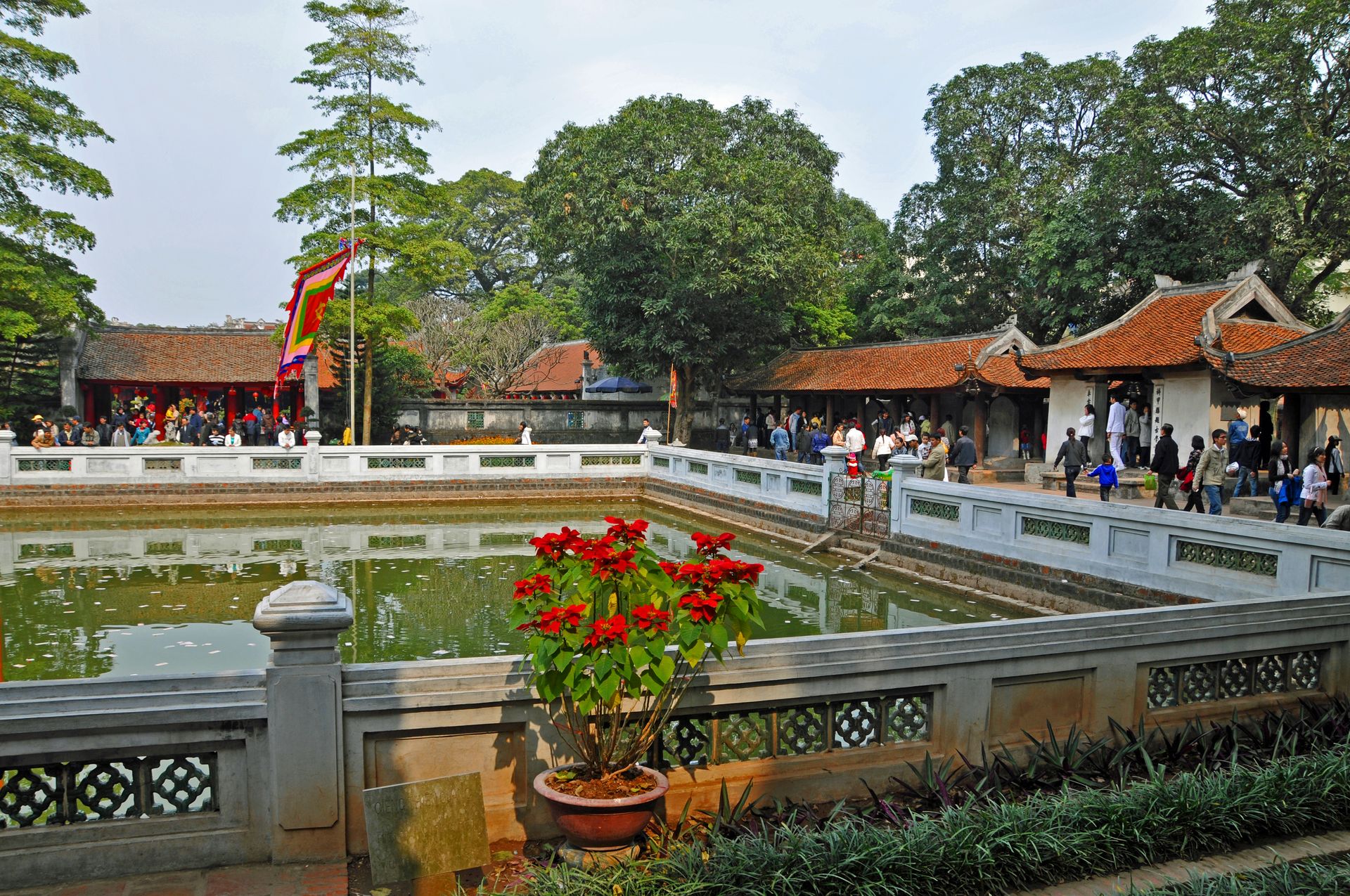
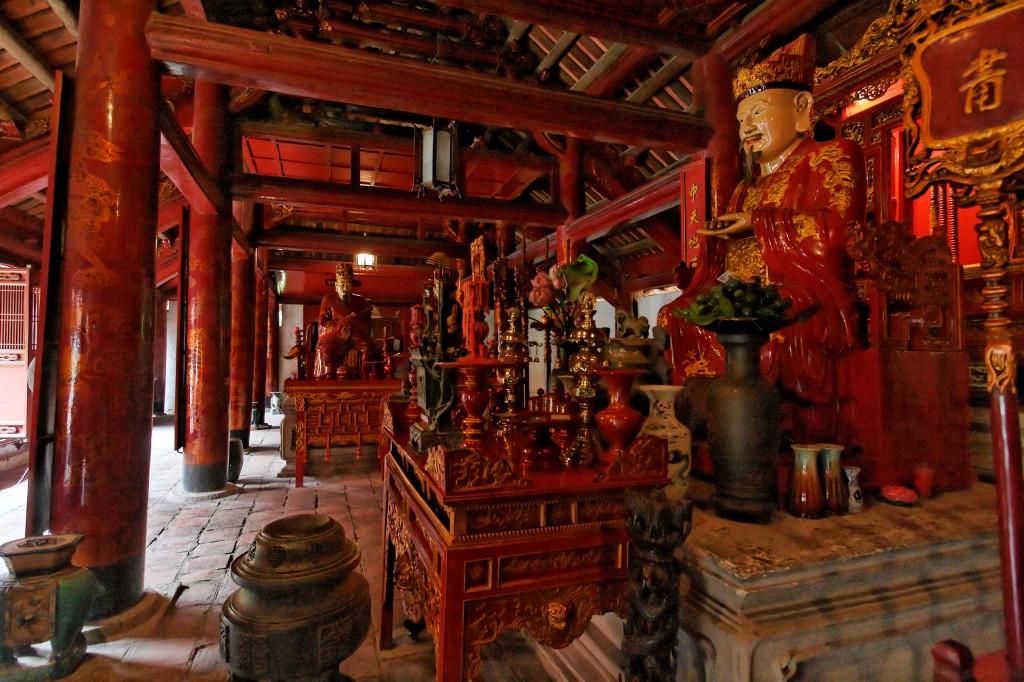

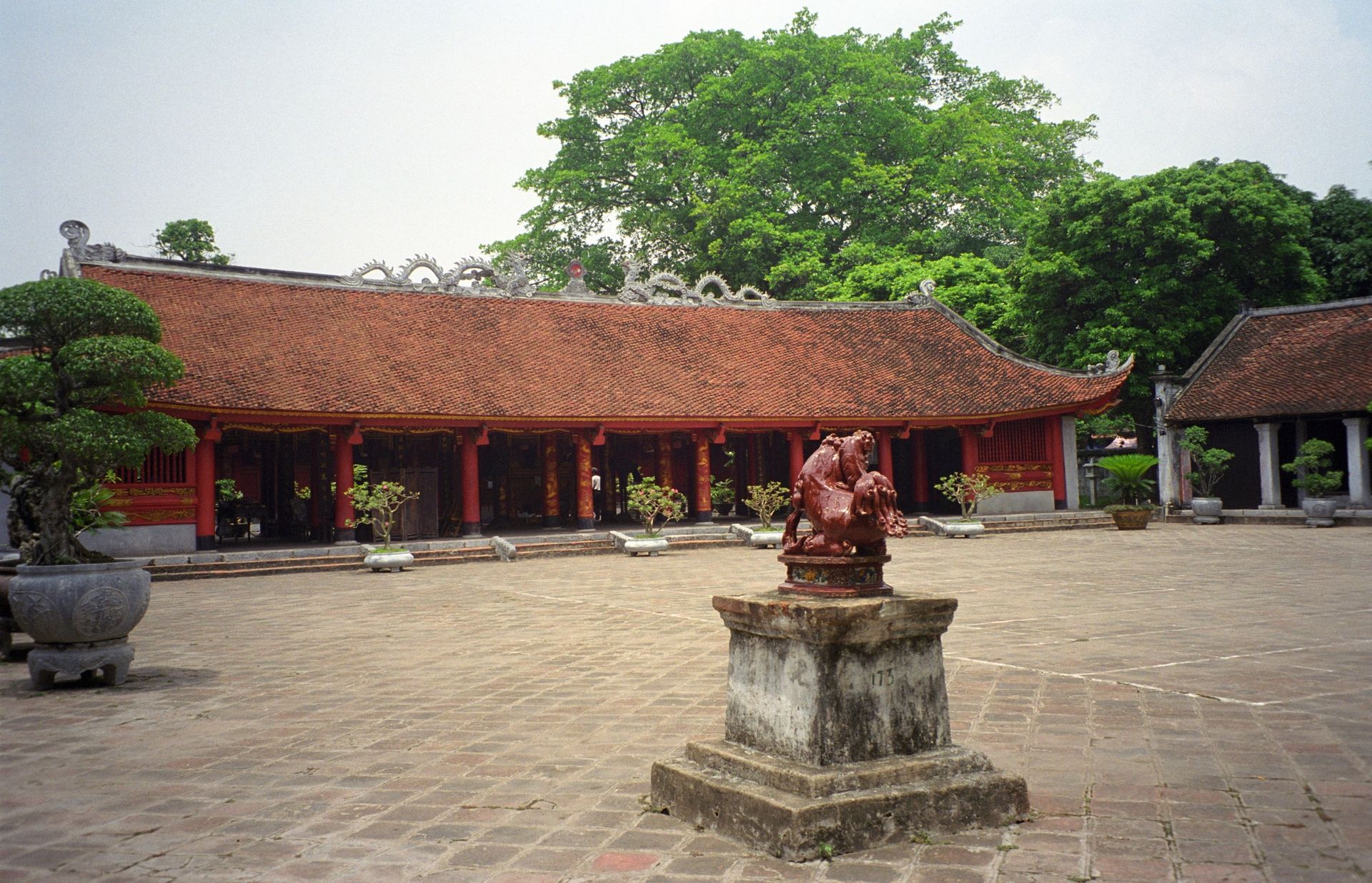

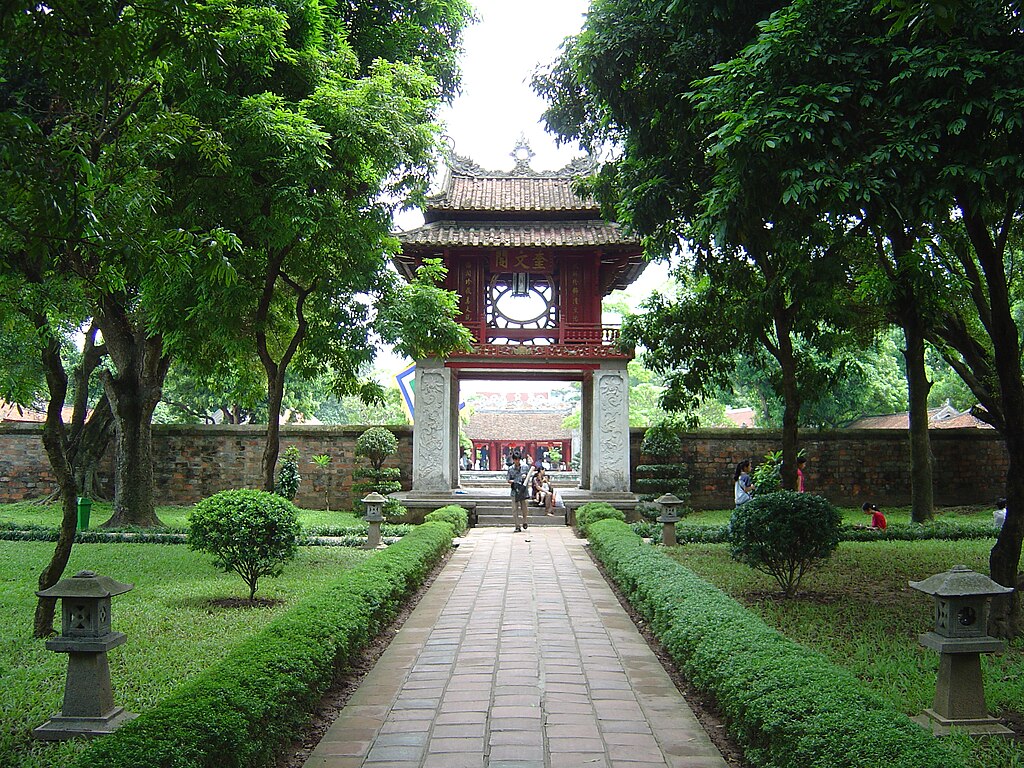
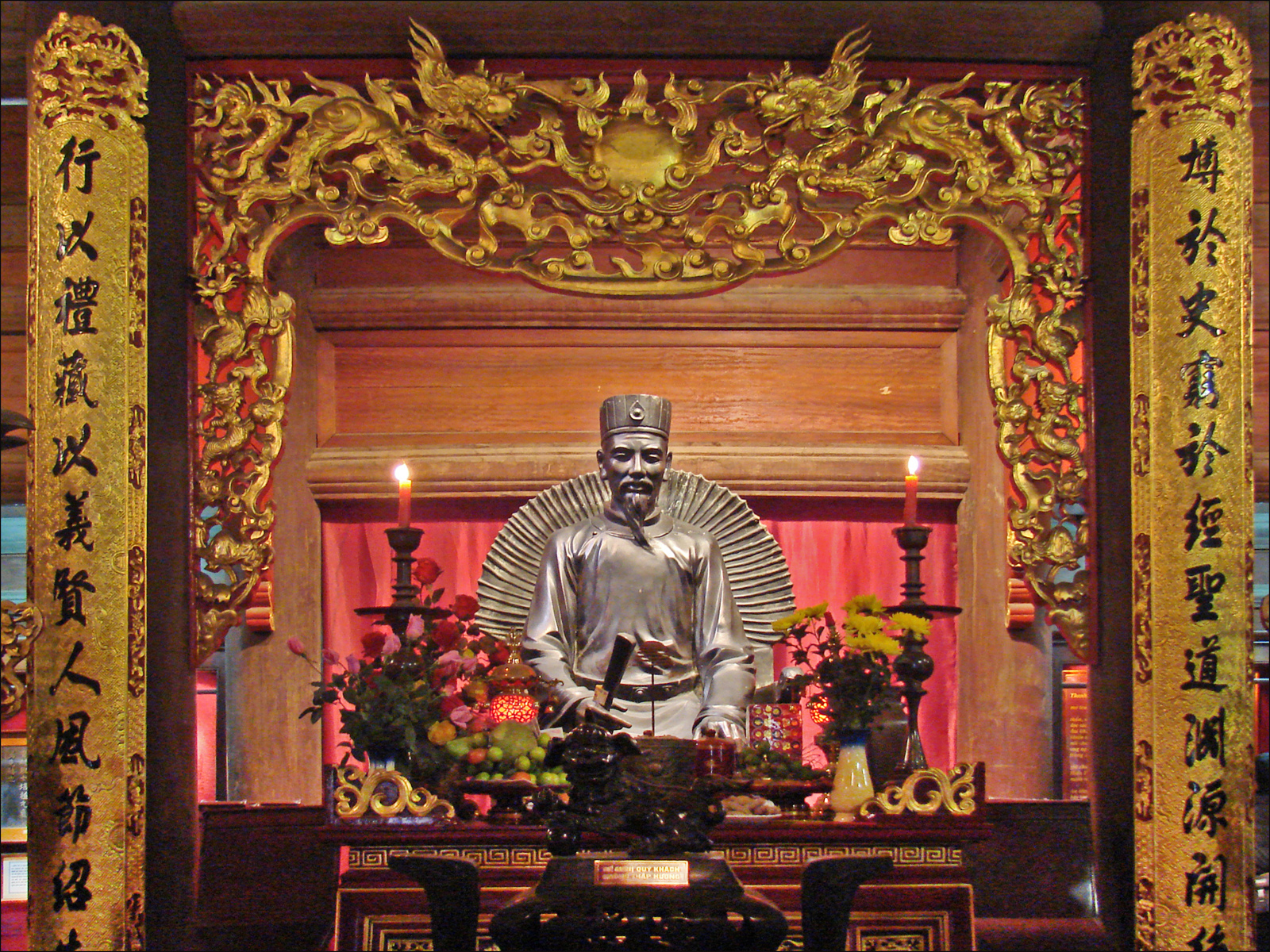
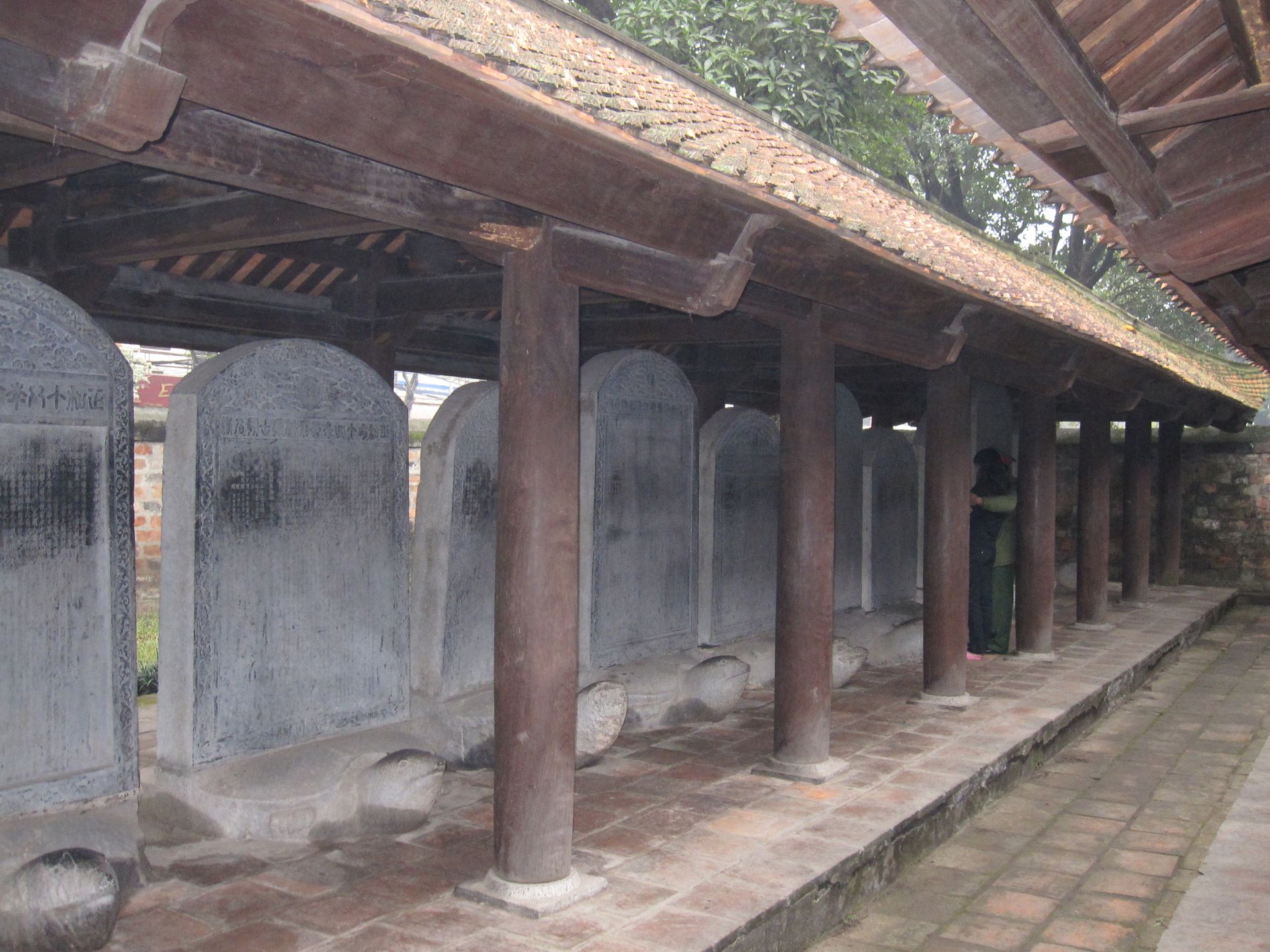
Temple of Literature - Văn Miếu